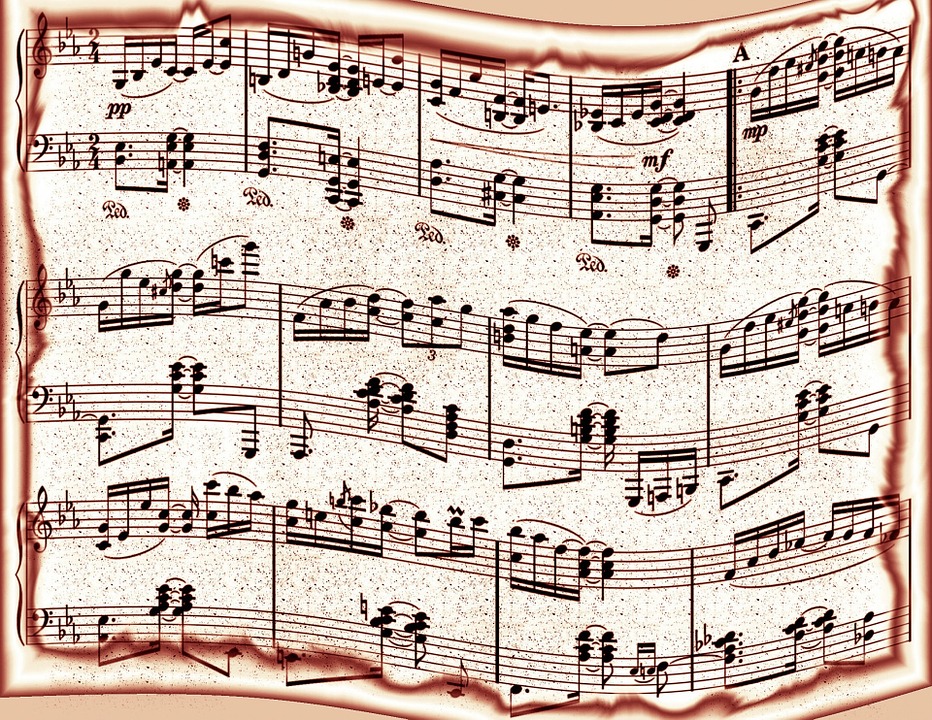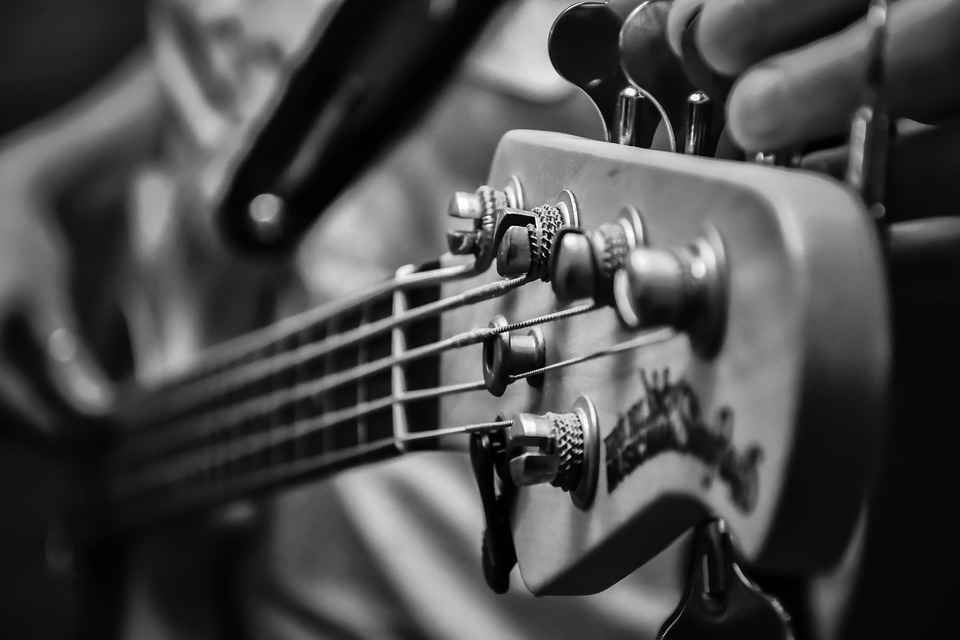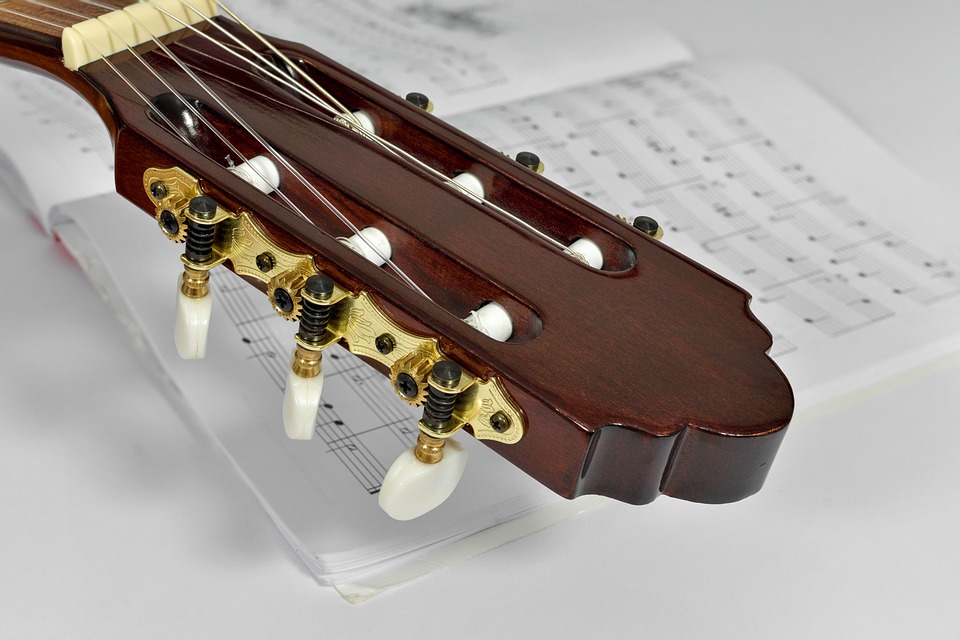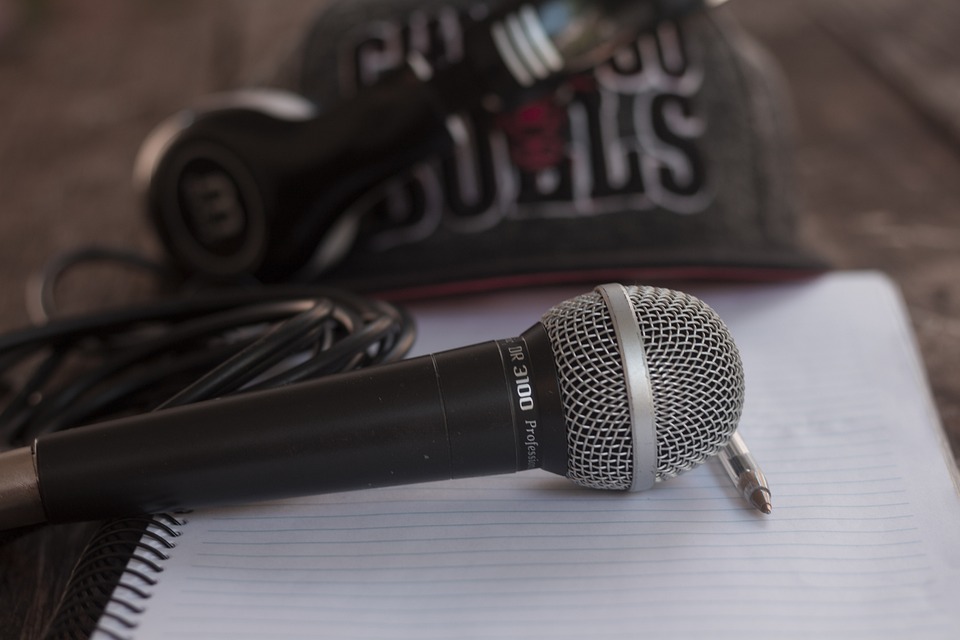The Power Of Bass Chords – Taking Your Playing To The Next Level

Knowing the theory behind music is only helpful if you can apply it to your musical creations. This is where your understanding of the bass chord comes in. Any theme can benefit from adding depth and complexity when bass chords are played on the guitar, making bass chords an integral aspect of playing the guitar.
Basic know-how of bass chords reflects that they are made up of a bass note and a chord performed simultaneously to provide a more giant sound. Mastering bass chords require a lot of practice and patience; yet, if one is committed and puts in the effort, they can be learned by anyone.

Your playing may be taken to the next level by learning advanced techniques, and incorporating bass chords into your songwriting can help you create a distinctive and potent sound. It doesn’t matter if you’re starting out or have been playing for years, being able to play bass chords is an essential aspect of any guitarist’s repertoire.
Understanding Bass Chords – A Beginner’s Guide
It’s common for guitarists to neglect the bass chords, which are a crucial component to muddy sound of the instrument since these bass chords are involved in producing a more expansive sound since they combine a bottom note with a chord. For decades, bass chords have been used in many musical styles, from jazz to rock to blues.
- What Is A Bass Chord?
Chords played on bass instruments, including the bass guitar, upright bass, and synthesizers, are called bass chords. Bass chords, as opposed to conventional chords played on a device like a guitar or piano, often contain fewer notes and are performed at a lower point on the musical spectrum than individual notes. Hence, they serve as a foundation for the remainder of the notes played in the music.

Additionally, they frequently emphasize the chord’s root note. They may incorporate the chord’s fifth, third, or other notes to provide a richer sound. In contrast, a staccato or percussive approach is typically utilized while playing bass chords instead of the prolonged, ringing manner used when playing conventional chords.
Simply put, bass chords add rhythmic interest and intricacy to the bassline in this way without the risk of drowning out the sound of the other instruments in the mix.
- Brief History Of Bass Chords
Historically, the bass guitar’s role in a band was limited to playing single notes or essential basslines playing chords that the other instruments may build upon. Musicians like James Jamerson and Carol Kaye, who worked as session musicians on Motown and other popular music records in the 1960s, are credited with popularizing the usage of bass chords.
Yet, the bass guitar wasn’t even invented until the ’50s.
During the 1970s, though, jazz fusion and funk bassists like Jaco Pastorius and Stanley Clarke advanced the use of bass chords by introducing extended chords and complex harmonies into their playing.

Since then, bass chords have become standard in many musical styles, from rock and pop to metal. Victor Wooten, Marcus Miller, and Esperanza Spalding are just a few of the modern bassists who have expanded the range of bass chords and found new ways to use them to create exciting and melodic basslines.
- Reading Different Types of Bass Chords
If you’re unfamiliar with music theory or are just learning to play the bass, it might be challenging to read the many bass chords used in songs. At the outset, it can be helpful to understand scales, intervals, and chord structure to make sense of the various bass chords.
Chord charts, on the other hand, are frequently used to notate bass chords in tunes. They usually include diagrams of the frets and strings and suggested finger positions. Gain familiarity with reading chord charts by practicing with various types.

Many bass chords, including primary c major and minor triads, seventh chords, and extended chords, are also based on famous chord structures. If you commit these shapes to memory, you’ll be better prepared to identify them the next time you hear them in a musical composition.
So, to improve your skills and familiarity with different chord types, try playing bass chords in various keys and musical contexts.
Types Of Bass Chords

Bass chords come in a variety of tones and shapes, including major, minor, and dominant. Each kind produces a distinct tone and is employed in the same pattern in various musical contexts. To help you grasp the concept better, here’s what we mean in detail:
- Major Bass Chords
Notes from the root, major third, and perfect fifth positions of a major scale are used to construct major bass chords. These chords have a tone that is cheery and upbeat, which makes them a favorite choice in a variety of musical styles, including pop, rock, and jazz.
If you want to hear the sound for yourself, give playing a major bass chord like the C major chord (C-E-G) a shot. This one chord alone will then produce a sound that is upbeat and joyous.

- Minor Bass Chords
Root, minor third, and perfect fifth notes of a minor scale are the notes that are used to put together minor bass chords. These minor chords have a sound that can be described as melancholy or sorrowful, which makes them a common choice for ballads and other forms of music that are more emotive. To hear the tiny but significant difference between a major chord and a minor chord, try playing a minor bass chord like the A minor chord (A-C-E).
- Dominant Bass Chords
Dominant bass chords are those that are formed on the fifth note of the major scale and are utilized frequently in rock and blues music. These chords have a powerful and forceful tone, which can evoke feelings of anticipation or stress depending on bass player and the context. So, if you want to hear a forceful and cutting sound, give a dominant bass chord like the G7 (G-B-D-F) a go.
From Foundation to Flourish – Tips For Writing Songs With Bass Chords

Including bass chords in your songs can help you develop a more complex and exciting musical arrangement as a songwriter. But how do you even begin? Well, don’t ‘fret,’ because we have got you covered with a great lesson and some really interesting tips below:
- Use the Root Note to Lay the Groundwork

Cc: Guitar.com
When it comes to bass chords, the root note is the most crucial component. You should begin by finding the song’s first chord type, key and the chords’ base two notes first. Then, you can use a number of chord forms to build the rest of the chord around that root note.
- Challenge Yourself with New Chord Sequences

Cc: Bass Essentials
A song’s foundation is its chord progression, and adding bass chords to those progressions may give your music a richer, fuller sound. So, try out some new bass-chord-based chord progressions like the I-IV-V, ii-V-I, or the circle of fifths. And remember, don’t be nervous about venturing into the unknown!
- Make Your Melodies Stand Out by Using Bass Chords

Cc: FuelRocks
Melodic lines can be created in music using only bass chords. If you want your music to stand out, experiment with basslines that use unusual chord inversions and note combinations. Keep in mind that the bass does not need to stick strictly to the chord’s root note; try experimenting with the other chord tones for some added melodic variety.
- Collaborate with Other Musicians to Add Bass Chords

Cc: Sweetwater
Working with other musicians is a terrific approach to adding bass chords to your compositions. Collaborate with your bassist or keyboardist to develop basslines that work well together and provide depth to your music. Then again, always keep lines of communication open and be receptive to alternative viewpoints.
Common Mistakes To Avoid

Playing bass chords can be particularly difficult when first learning a musical instrument. But you can take your playing to the next level by learning and practicing these chords diligently. To help you avoid making these typical errors when playing bass chords, here’s what you should keep in mind:
- Not Muting Extra Strings
When playing bass chords, extra string noise can be distracting. If you want a clean, crisp tone, use your fretting hand or picking hand to mute the strings you don’t wish to play.
- Incorrect Finger Position
Your fingers must be in the right places to play bass chords effectively and precisely. Put your fingers where they should be, and don’t force your hand into any awkward positions.
- Neglecting Rhythm and Tempo
Neglecting rhythm and tempo when playing bass chords can throw off the entire song. Playing bass chords in rhythm with the music requires practice, so use a metronome to help you perfect your timing.
- Avoiding the Bass Note’s Root
The root note is the basis of every chord, and if you don’t play it, the chord won’t sound right. When playing bass chords, it’s important to put emphasis on the root note since it establishes a sense of stability and helps define the chord’s tone.
- Inadequate or Excessive Performance
It’s not easy to find that sweet spot between overplaying and underplaying. In the same way that underplaying can make your playing seem too sparse, overplaying can result in a congested sound. Try out various strategies until you find one that suits your musical needs.
About Zager

Though learning guitar can initially seem overwhelming, the Zager Guitar lesson library is an innovative approach that is making it easier than ever before. Denny’s method, for example, which places a premium on aural training hand technique, is akin to solving a complex puzzle approach to becoming a skilled musician.
Consider learning guitar to be like figuring out a tricky puzzle. For many who would otherwise give up in frustration, Denny’s guitar method reduces the task to a few manageable bits, analogous to a jigsaw puzzle. This means that in a couple of weeks, even complete novices may play at a high level.
However, beginners might benefit from Denny’s approach as well. Zager Guitars, crafted utilizing Denny’s technology, have been tested by one of the world’s oldest guitar builders, who called it “the easiest playing guitar they had ever tested.” That’s correct; using Denny’s method will make you feel and sound like an expert in your field.
FAQS
Which Bass Chords Are Most Frequently Used?
The major triad and minor triads (root, third, and fifth notes) and seventh chords (root, third, fifth, and seventh notes) are common examples of bass chords. The bass also allows for playing other chords, such as sus4 and power chords.
In A Band Context, How Do I Make Use Of Bass Chords?
When playing bass chords in a band, paying attention to the other musicians and adapting your playing style as needed is important. For instance, if the guitarist is playing a progression of major chords, you would want to play a bass chord—say, a major seventh or dominant seventh chord—that works well with those major chords. Make sure your bass chords aren’t competing with the other instruments in the ensemble by talking to the other musicians.
Can Bass Chords Be Used When Playing The Instrument Solo?
To make more complicated and fascinating basslines, bass chords can be used in solo bass playing. Many solo bass players make significant use of the chords on the bass, to achieve a richer sound and add more harmonic interest to their music. You’ll need to hone your skills and learn to play chords and basslines at the same time if you want to incorporate them into your solo bass playing.
Is It Possible To Use A Standard Guitar To Play Bass Chords?
You can play bass chords on a conventional guitar, but it won’t sound quite the same as when you use a bass guitar. The ordinary guitar’s greater range makes the bass notes sound thinner and less prominent, whereas the bass guitar’s lower range allows for deeper and more resonant bass notes.
